#symbolic language
Explore tagged Tumblr posts
Text
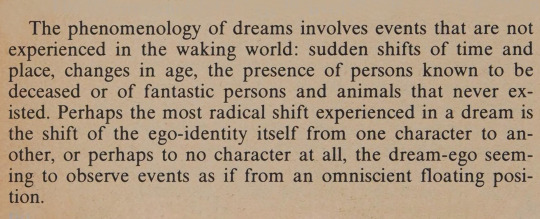
Jungian Dream Interpretation: A Handbook of Theory and Practice by James A. Hall First published: January 1, 1983
#carl jung#james a. hall#carl gustav jung#individuation#jungian epistemology#oneiroi#dreams#myths of the soul#archetypes#depth psychology#collective consciousness#shadow work#symbolic language#words#quotes#academia#dark academia#quote#lit#books#books and libraries#literature#jung#reading#quote of the day#bookworm#january 1
268 notes
·
View notes
Text

The Foundation of the Temple is now live.
A quiet reflection. A step across. A guide for those choosing to live with intention.
Now free on Kindle Unlimited for a limited time.
https://shorturl.at/X2yYF
#The Foundation of the Temple#Lucien Solari#Aion Veritas#Mysticism#Magickal Theory#Initiation#Occult Book#Esoteric Text#Mystical Thought#Symbolic Language
12 notes
·
View notes
Text

#robert greene#the daily laws#june 24#quotes#affirmations#citation#motivation#mindset#self confidence#self respect#self improvement#i am getting better#best version of yourself#psychology#psychology tips#life task#the divine craft#Demonic language#symbolic language#their words stand for concrete things#the art of indirection#your words don't stand for anything real#the sound and the feelings your words evoke are more important than what they are supposed to stand for#the more you make people focus in your sweet-sounding language the more you diminish their contact with reality#it's hard to distinguish truth from untruth#it's hard to distinguish real from unreal#keep your words vague and ambiguous#people are never quite sure what you mean#tumblr fyp#fypage
3 notes
·
View notes
Text
Keys
Some might keep the keys I gave
Some might feel their essence
Some might remember what I said
Some might feel them right away
Some might stay lost on their way
Some might find the door one day
______________________________
Runner up / Twin poem to:
#excerpt from a book i'll never write#poetry#original poetry#poem#own poem#writing#emotional writing#soul poetry#gentle thoughts#introspective#emotional depth#inner journey#self discovery#dark academia#light academia#soft aesthetic#minimalist poetry#english poetry#writers on tumblr#poets on tumblr#spoken word vibes#keys and doors#soul keys#symbolic language#spiritual metaphors#hidden meaning#searching for meaning#metaphorical writing#tumblr writers#writers
4 notes
·
View notes
Text

裊裊炊煙
smoke curling up
#intuitive art#abstract drawing#symbolic language#black and white art#visual poetry#mark pen#b&w#hand drawn
2 notes
·
View notes
Text
He sees red
That is all he sees
Without angles
He fights the flowers
The flowers cry
He cries
Not for dead flowers
His mind screams
The blue rivers
Turn murky
The monsters are coming
Pitter patter
Potter louder
Little feet run
Only for bodies to be eaten
He sees blue
When angels fly by
But cries
None are his
The feathers plucked
By him long ago
Witches chant
Cauldrons bubble
Ravens screech
To match the monsters
His flame is cold
His dark is warm
The shadows grow
Darkening the path
He sees purple
His fruit picked
Too soon
And rotted away
Too quick
He sees nothing
He no longer cries
He no longer fights
The monsters broke out
#original poem#poem#trauma poetry#surreal grief#loss of self#symbolic language#dark imagery#writing as survival
2 notes
·
View notes
Text
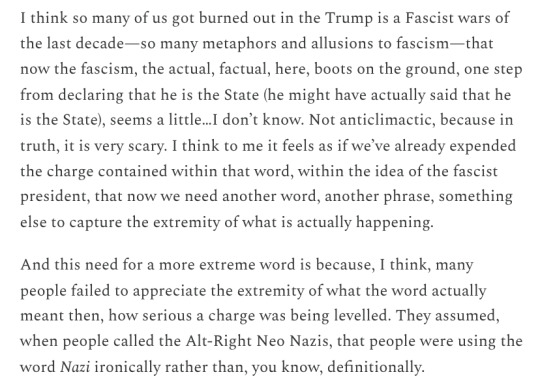
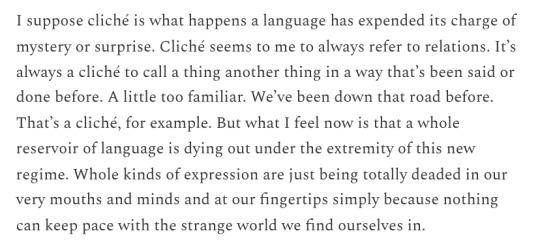
Brandon Taylor, "be so serious right now homie: symbol collapse of a failed regime," Feb 21 2025, sweater weather, https://blgtylr.substack.com
2 notes
·
View notes
Text
"The Initiates of the Flame: Illuminating the Path to Esoteric Wisdom"
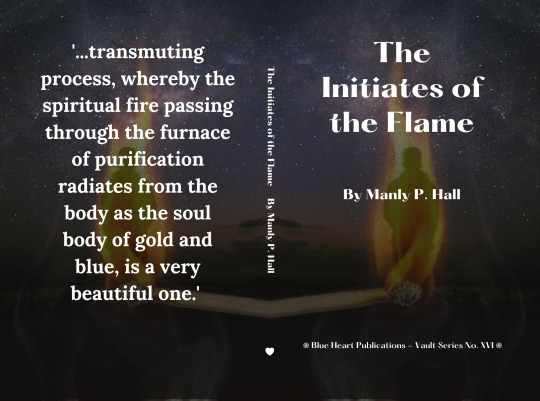
In "The Initiates of the Flame," Manly P. Hall takes readers on a captivating journey into the profound realms of esoteric knowledge and spiritual enlightenment. Hall's meticulous exploration of ancient mystical teachings serves as a beacon, guiding readers through the intricate tapestry of secret wisdom. With eloquence and depth, the author unravels the symbolic language of the initiates, revealing timeless truths that resonate with seekers of spiritual understanding.
Hall's narrative is a tapestry woven with threads of mystery, unveiling the sacred rites, hidden symbols, and spiritual allegories passed down through the ages. The book becomes a key unlocking the doors to higher consciousness, inviting readers to contemplate the esoteric principles that underpin the universe. As Hall delves into the teachings of the initiates, he sheds light on the transformative journey one must undertake to unlock the secrets of the flame—the eternal source of spiritual illumination.
The Initiates of the Flame is not merely a book; it is a profound meditation on the esoteric traditions that have shaped humanity's quest for spiritual enlightenment. Hall's insights are a testament to his deep understanding of the ancient mysteries, offering readers a glimpse into the hidden dimensions of existence. This work is a must-read for those who seek to unravel the mysteries of the flame and embark on a transformative journey toward higher knowledge and self-realization.
"The Initiates of the Flame," Manly P. Hall is available in Amazon in paperback 10.99$ and hardcover 18.99$ editions.
Number of pages: 167
Language: English
Rating: 9/10
Link of the book!
Review By: King's Cat
#Esoteric Wisdom#Spiritual Illumination#Ancient Mysteries#Initiatic Teachings#Hidden Symbols#Symbolic Language#Higher Consciousness#Spiritual Transformation#Sacred Rites#Mystical Traditions#Secret Knowledge#Spiritual Allegories#Metaphysical Exploration#Initiatory Journey#Universal Truths#Occult Wisdom#Hermetic Philosophy#Alchemical Insights#Transcendental Knowledge#Self-Realization
7 notes
·
View notes
Text
"Reflecting the Alchemist's Soul: Unveiling the Mysteries in 'The Mirror of Alchimy' by Roger Bacon"
In "The Mirror of Alchimy" Roger Bacon takes readers on a mesmerizing journey into the enigmatic world of alchemy, unraveling the veiled mysteries that have captivated seekers of esoteric knowledge for centuries. This seminal work, written in the late 16th century, serves as a timeless portal into the alchemical tradition, offering profound insights into the transformative processes of both the philosopher's stone and the adept's soul.
Bacon's narrative is a tapestry woven with allegorical threads, blending practical laboratory instructions with symbolic language that transcends the material realm. As the alchemist-author, Bacon speaks to readers across time, inviting them to contemplate the union of opposites, the refinement of base elements, and the pursuit of the elusive Elixir of Life.
The Mirror of Alchimy serves as a guide for those daring enough to tread the intricate labyrinth of spiritual transmutation. Bacon's prose, though rooted in the medieval context, resonates with universal themes— the quest for enlightenment, the cyclic nature of creation and destruction, and the pursuit of the divine within the earthly vessel.
At its core, this alchemical mirror reflects not only the external processes of laboratory experimentation but also the internal journey of self-discovery. Bacon intricately intertwines the art of transmutation with the science of the soul, urging the seeker to alchemize their own consciousness in tandem with their laboratory pursuits.
The brilliance of Bacon's work lies not only in its practicality but also in its poetic invocation of the alchemical quest. Each chapter unfolds like a mystical incantation, beckoning the reader to delve deeper into the alchemical opus. From the stages of calcination to coagulation, Bacon demystifies the alchemical process, making it accessible to both seasoned practitioners and those new to the alchemical tradition.
"The Mirror of Alchimy" is an illuminating testament to the enduring allure of alchemy—a profound exploration of the interconnectedness between the earthly and the celestial. As readers gaze into this alchemical mirror, they are not only confronted with the reflection of laboratory apparatus but also with the hidden recesses of their own spiritual landscape.
In a world where the pursuit of wisdom is often obscured by the mundane, Bacon's mirror serves as a timeless reminder that, like the alchemists of old, we are all engaged in the grand work of refining ourselves, transmuting the leaden aspects of our existence into the gold of inner enlightenment.
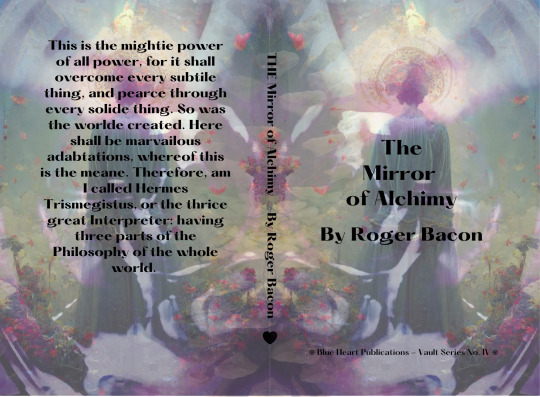
Roger Bacon's "The Mirror of Alchimy" is available in Amazon in paperback 12.99$ and hardcover 20.99$ editions.
Number of pages: 163
Language: English
Rating: 8/10 (Old English and Challenging Reading just like many alchemical works!!!)
Link of the book! (Hardcover); (Paperback)
Review By: King's Cat
#Alchemy#Roger Bacon#Hermeticism#Esoteric Knowledge#Medieval Philosophy#Alchemical Processes#Spiritual Transformation#Ancient Wisdom#Alchemical Symbols#Transmutation#Philosopher's Stone#Occult Science#Symbolism in Alchemy#Mystical Texts#Medieval Alchemist#Manuscripts#Alchemical Tradition#Spiritual Enlightenment#Hidden Knowledge#Symbolic Language
4 notes
·
View notes
Text
youtube
0 notes
Text
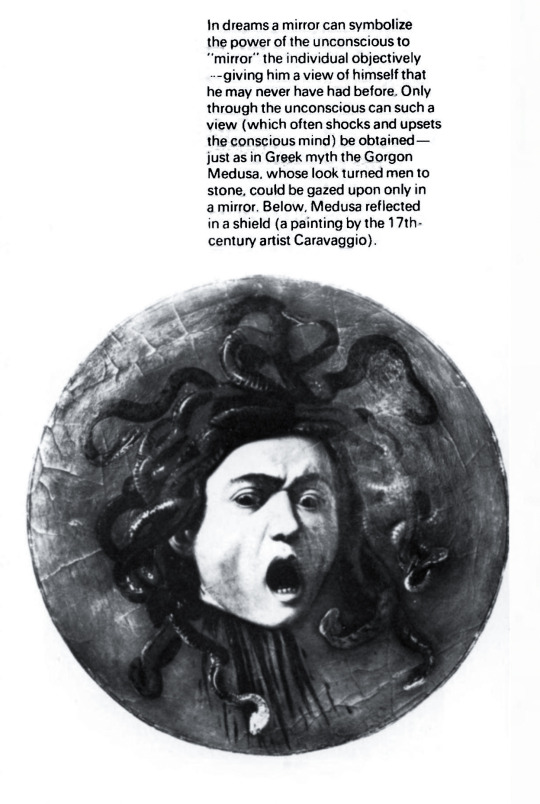
Carl Gustav Jung, Man and his Symbols First published 1964
#man and his symbols#carl jung#carl gustav jung#psyche and myth#shadow integration#self confrontation#individuation#jungian epistemology#dreams#mirror#medusa#archetypes#mythology#depth psychology#collective consciousness#symbolic language#caravaggio#greek mythology#words#quotes#academia#dark academia#quote#lit#books#books and libraries#literature#reading#quote of the day#bookworm
207 notes
·
View notes
Text
Astrology as a Language of Spirit
I had a flash of insight today while going through my journal and astrological alignments during those dates. People often ask whether the planets are sending us energy, some external force acting upon us that we need to respond to, work with, or resist. That perspective might not be entirely wrong, but the more I study astrology and observe how the outer world mirrors the inner world, the more…
#astrology and dreams#astrology and self discovery#astrology as metaphor#astrology blog#astrology reflection#cosmic symbolism#fractal consciousness#hermetic principle#inner transformation#metaphysical insight#planets as mirrors#self awareness#spiritual astrology#spiritual growth#symbolic language
0 notes
Text
I Saw the Lord of Light
#dream journal#inner peace#Lord of Light#mental health#mystical experience#poetry#ritual art#surrealism#symbolic language#theatre of the mind#trans narratives#visionary art#visual hallucination#visual storytelling
0 notes
Text


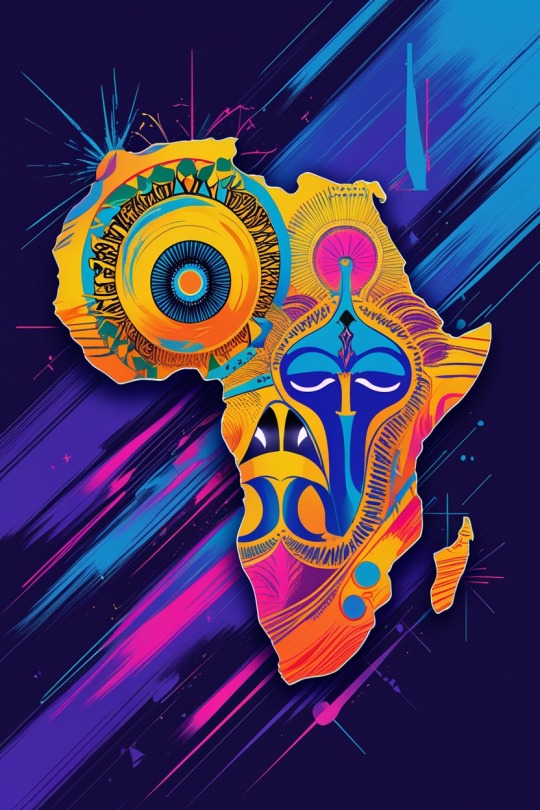
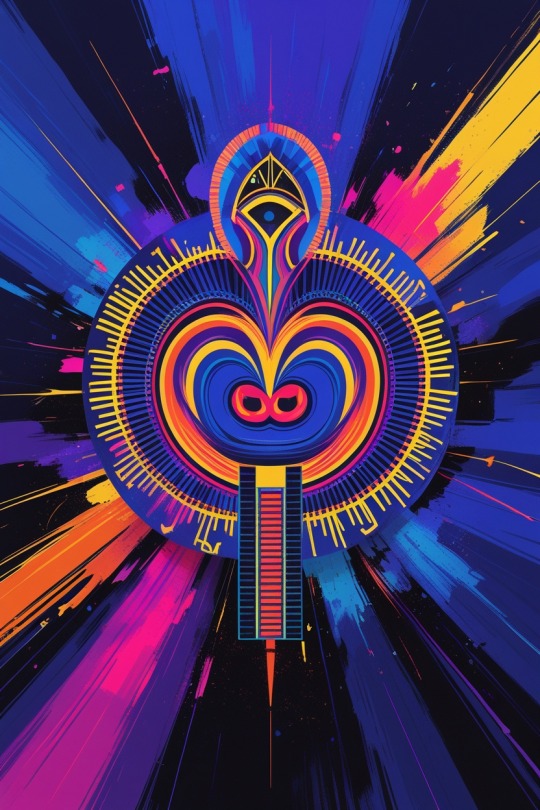
#Adinkra symbols#African symbolism#contemporary design#traditional art#cultural heritage#Afro-futurism#visual storytelling#Ghanaian art#modern techniques#Black identity#symbolic language#African aesthetics#digital reinterpretation#pattern design#ancient wisdom#graphic art#bold visuals#ancestral roots#cultural preservation#abstract design#creative expression#African innovation#sacred geometry#Black artistry#minimalist aesthetics#heritage revival#geometric patterns#traditional meets modern#African legacy#symbolic storytelling
0 notes
Text

樹
It's a tree.
#visual poetry#symbolic language#intuitive art#abstract drawing#b&w#black and white art#marker#hand drawn#peace#meditation#nature
0 notes
Text
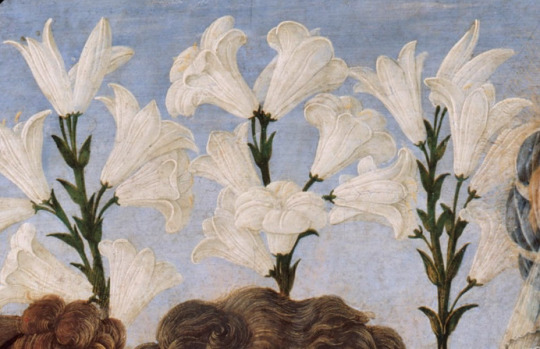
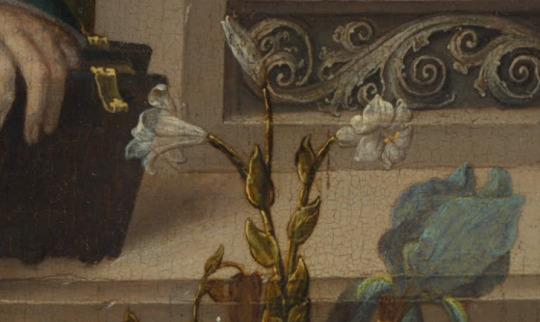

details from Renaissance paintings
#lilies#floral#painting#old art#old artists#art history#painting aesthetic#art home#aesthetic art#botanical#botanical art#symbolism#language of flowers#mystical#Catholic#moodyvibes#oil painting#museum#art academia#dark academia#light academia#light acadamia aesthetic#fantasy#whimiscal#historical fiction#european#renaissance#ren faire#artsy aesthetic#flora
3K notes
·
View notes